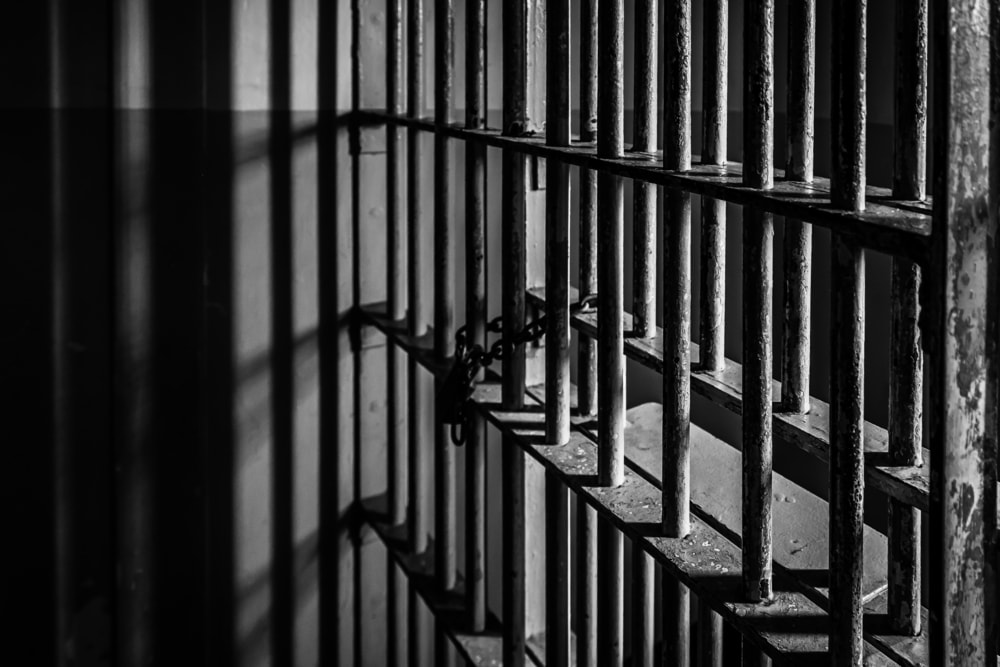Florida Homeowners Insurance Market: The Crash Everyone Can See Coming
The Florida homeowners insurance market is in crisis. Again. Observers characterize the market in “freefall,” in “crisis” mode and “spiraling” toward collapse. In recent years, insurance costs in Florida were driven not by hurricanes, but by claims caused by sinkholes, construction defects, mold and abuse of assignment of benefits practices to contractors. The Florida insurance market is poised to collapse. And no doubt, homeowners have been feeling it in their pocketbooks; on top of inflation, costs have risen due to the global COVID-19 pandemic and supply shortages, among other things.
In the last year, the average homeowner insurance costs increased to $1,988, compared to the $1,272 national average. Those prices will only continue to increase as a portion of the insurance market catering to the Sunshine State homeowners remains shaky. Before the state leaps into action to fix the problem, however, political and industry leaders have to understand the problem.
Last year when hurricanes did not strike the peninsula, insurers in Florida collectively lost $1.5 billion in business in the state. That’s a huge blow that their balance sheets, as we now know, might not have been able to cover. And it is part of a worrying pattern: In the past two and a half years, a large number of Florida homeowner insurance companies entered insolvency. Just this past week, the Lighthouse Property Insurance Corp, headquartered in Tampa, was placed in receivership. Prior to this, St. Johns and Avatar also entered insolvency. Since 2017, Gulfstream, American Capital, Florida Specialty and Sawgrass also failed.
But it is not just failing state insurers that are the problem. Some have determined that continuing to exist in the Florida market is unsustainable and will withdraw from the state. Insurers including Lexington, FloridaFarm Bureau, and Universal started exiting Florida or halted new business. Collectively, hundreds of thousands of policies are being dropped in the state. Insurers exist in a constant state of assessing risk versus reward. And in this case, they recognize the reward—money—lies outside the state’s borders.
What does this mean? As the market contracts and other insurers have to step in, prices will increase. One insurer has sought to raise rates more than 100 percent. It also means some insurers that may have been a last resort are now a first choice. In late March, Citizens Property Insurance Company President and CEO Barry Gilway projected his company could have more than one million policies by the end of 2022 as they add an estimated 5,500 new policies per week.
The Florida Office of Insurance Regulation reported that, “in 2019 Florida accounted for 76.45% of all homeowners’ suits opened against insurance companies in the U.S. despite only accounting for 8.16% of all homeowners’ claims opened by insurance companies in the U.S.” In other words, a deep root of the Florida insurance crisis is litigation. In other catastrophe-exposed states, such as Colorado, Nebraska and Oklahoma, insurance premiums are high because of exposure to tornadoes and wildfires. But their markets are not in crisis.
If the problem sounds dire and widespread, that is because it is. Reform of the broken Florida homeowners insurance market has to happen now. Many reforms are well-known to residents and businesses of the Sunshine State. For example, it’s time to require roofs to be valued on an actual cash—no more “free roofs.” Florida properties with high catastrophe exposure should be insured by the excess and surplus (E&S) market, which charges premiums adjusted to risk. California, for example, saw its E&S volume triple because of wildfire risk since 2018, the deadliest season to date in the state. Florida should follow its lead. Citizens Property Insurance Company’s policies, likewise, should adjust rates for their policies in accordance with the property’s risk. The current rate cap—11 percent—stifles the market from adjusting to accurate signals and leads to many policies being subsidized by other insurers.
A special legislative session that focuses on the pressing Florida property insurance problems is needed now. In less than two months, on June 1, reinsurance treaties for Florida insurers will renew. Market expectations are for rate increases, which will be passed on to homeowners, pushing Florida homeowners insurance premium levels to yet higher nosebleed levels. June 1 also happens to be the official start of the Atlantic hurricane season. Florida can’t weather both these crises at once and come out stronger on the other side.
Image: jovannig






